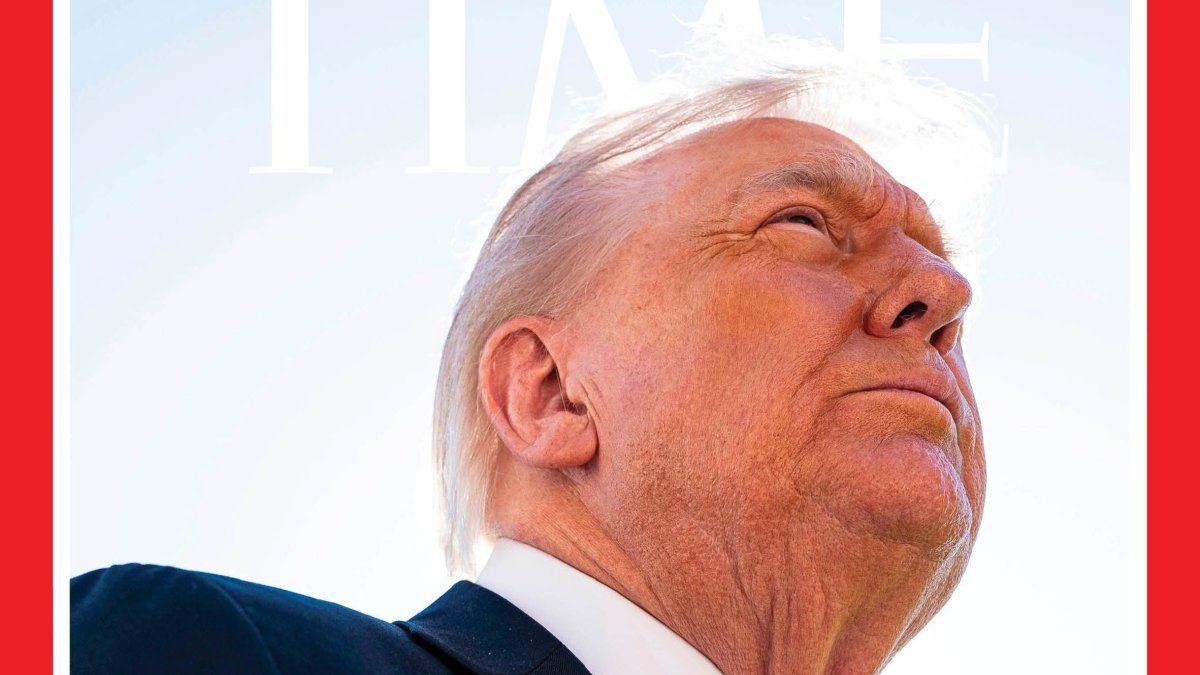Cannabis is already growing on some fields in Germany – but not as a narcotic, but as industrial hemp. In order to make this a more interesting business area for farmers, hurdles are now to be removed.
Cannabis plants are not just about smoking weed – this has been legal for adults in Germany for almost four months, with numerous restrictions. Farmers have been able to grow approved hemp varieties for much longer. And there is broad commercial use for textiles, food and cosmetics. However, the business has so far been a niche. The Federal Ministry of Agriculture therefore wants to make it simpler and more attractive with some new regulations. The industry certainly sees opportunities, but is calling for significant simplification of the requirements.
“The cultivation of industrial hemp has significant growth potential in Germany,” said a ministry spokesman when asked in Berlin. A law is therefore now intended to expand cultivation options and create more legal certainty. The aim is to implement it by the beginning of 2025, i.e. before the next sowing. However, foods that contain the intoxicating substance THC will not be permitted, it is expressly stated in a draft bill for the law.
Cultivation area has shrunk
Farmers have generally been allowed to grow approved industrial hemp varieties in the EU since 1996, as the Federal Office for Agriculture and Food explains. The tetrahydrocannabinol (THC) content in the flowers must not exceed 0.3 percent – on the drug market, according to the Federal Ministry of Health, the average is around 14 percent. However, the nationwide area used to grow industrial hemp fell last year for the first time in a long time – to 5,800 hectares, and 643 companies were active in this field. By comparison, wheat covers 2.9 million hectares, and even a rarer variety such as oats covers 141,000 hectares.
Legal uncertainty has so far been an obstacle
The main impetus now is to create more legal certainty. To this end, a clause that is still in the law on cannabis legalization is to be deleted. It states that abuse of industrial hemp for intoxicating purposes must be ruled out. As a result, growers and dealers are still faced with the risk of criminal prosecution, said the ministry spokesman. The draft states that there is no evidence of such abuse of industrial hemp – and that with the now legal procurement options, it can also be ruled out once and for all.
New mounting option
As an additional option, “indoor cultivation” in greenhouses will also be permitted. This will open up business opportunities for economic operators in rural areas in particular, as well as farmers, according to the draft. A historically conditioned legal clause that has previously excluded gardening and wine-growing businesses or forestry from growing hemp will therefore also be deleted. However, for the time being, only a “small single-digit number” of companies can be expected.
Farmers still see risk factors
The farmers’ association sees greater potential overall, but is calling for even more simplifications. “Industrial hemp has an extremely wide range of uses, has many agricultural advantages and would also be a benefit for biodiversity,” said Secretary General Bernhard Krüsken. However, both cultivation and flowering must be reported to the Federal Institute, which takes a lot of time. In addition, the low THC limit is unsettling, as even a small excess would mean the entire harvest would have to be destroyed. “Only farmers with great perseverance or a love of hemp plants accept these risks.” Unfortunately, the cultivation figures for 2023 confirm this assessment.
Benefits and business opportunities
The ministry also highlights the beneficial properties of hemp cultivation for climate and environmental protection. Very little fertilizer is needed, and generally no pesticides or additional irrigation. Hemp improves the soil by enriching the air with nitrogen and provides a habitat for insects. Almost all parts of the plant can be used. The range of foods containing hemp has grown, explains the Federal Institute for Risk Assessment. Hemp seeds, which are rich in amino acids and fatty acids, are mostly used – for example in oil and pasta.
Source: Stern




